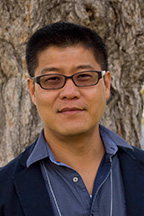Wasatch Dendroclimatology Research
Seth Arens, Western Water Assesment
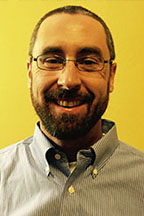
Matt Bekker, Brigham Young University
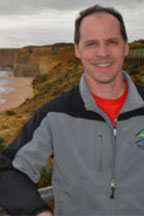
Matt Bekker, Associate Professor, Department of Geography Brigham Young University
My research includes applications of dendrochronology in hydroclimatology, geomorphic disturbances including earthquakes and avalanches, historical archaeology, and forest pattern-process interactions.
Brendan Buckley, Columbia University

Justin DeRose, Rocky Mountain Research Station
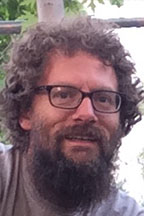
R. Justin DeRose, Research Ecologist
Rocky Mountain Research Station
As a scientist for the Forest Inventory and Analysis Program, Dr. DeRose researches tree-rings to answer questions related to forestry, ecology, dendroecology, and dendroclimatology. He specializes in non-conventional approaches to dendrochronology and focuses on applications to forest and water resource management.
Judson Finley, Utah State University
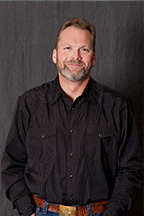
Judson Finley, Assistant Professor, Anthropology-Archeology
My current research uses dendrochronology to examine the adoption of maize horticulture at the northern margins of the Fremont archaeological culture area in northeastern Utah’s Uinta Basin from approximately AD 500-1500. Dendrochronology provides a multi-decadal climate reconstruction that allows us to consider the conditions under which native people began cultivating maize in marginal environmental conditions, ultimately allowing mobile foragers to settle into semi-permanent villages with more complex social organization. This coupled environmental-archaeological research provides insight into the shift from foraging to farming economies that is important in a global archaeological context.
Robert Gillies, Utah State University
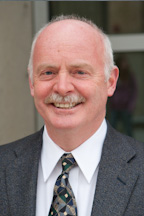
Larry Hipps, Utah State University
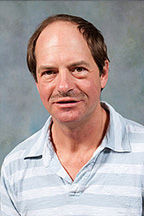
Roger Kjelgren, Utah State University

Joey Pettit, Utah State University
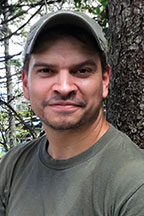
Joey Pettit, Dendro Lab Supervisor
Utah State University
My research interests include using tree rings to describe ecological aspects of forest condition and dynamics. During my Ph.D. research, I used demographic information of forests and trees used by the federally endangered Indiana bat to describe a desired forest condition, conducive to hosting the endangered bat.
Tammy Rittenour, Utah State University

Steve Voelker, Utah State University

Steve Voelker, Assistant Professor of Dendroclimatology, Department of Plants, Soils and Climate
Utah State University
My research objectives are to increase our understanding of: 1) past climate variability and climate drivers, 2) changes in tree growth, allocation and other physiological responses to climate change, 3) vegetation responses to CO2fertilization, 4) climate change interactions with tree species competitive interactions, succession, disturbance, pests and pathogens. This research employs data collection in the field and laboratory as well as mechanistic and empirical modeling techniques applied to dendrochronology, ecophysiology and stable isotope ecology.
